Organizations are always subject to change. As humans, we usually adapt to small changes almost automatically. With larger changes, such as the introduction of a new way of working, this is somewhat more complex. The adoption curve model provides a good guide here.
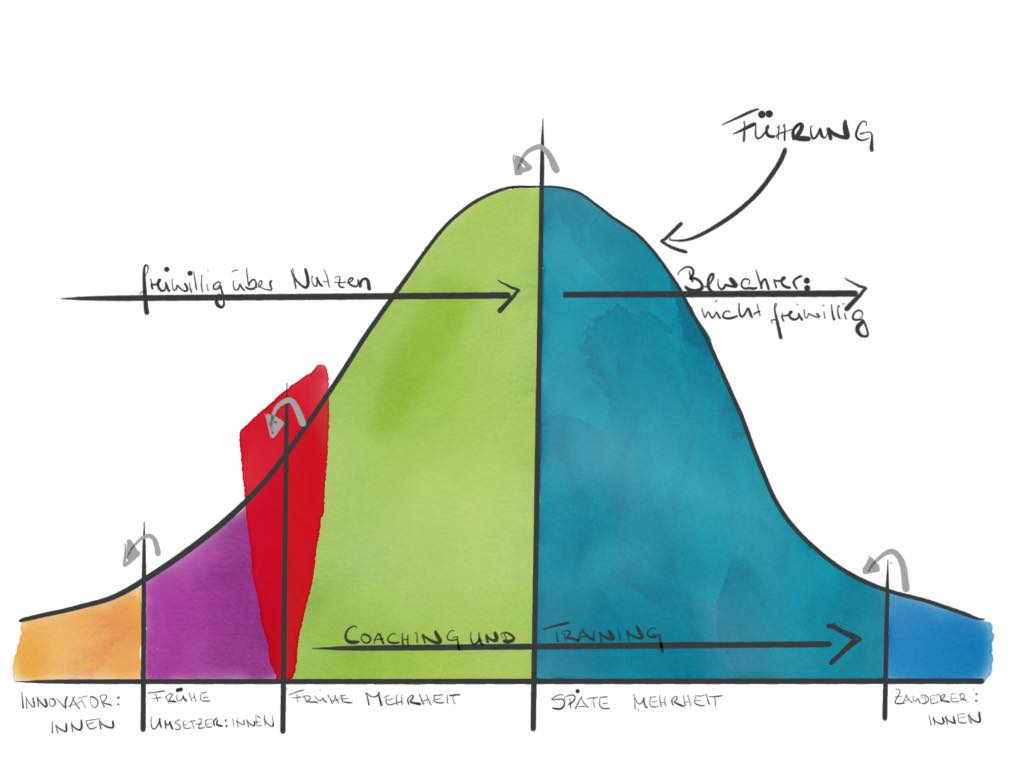
To understand them better, we use a concrete example and archetypal personas: a little exaggerated to make the differences clear.
So: change!
Where it all begins: The innovators
Karla is an innovator. Ever since she first heard about "agile working methods" at a games evening, she has been enthusiastic about the idea and has been looking for opportunities to work in an agile way herself.
It sounded like the whole thing could solve a few challenges. So she simply got started with a few people she works with. She, now the product owner, and the rest of the team are enthusiastic about the way they work and keep experimenting to improve.
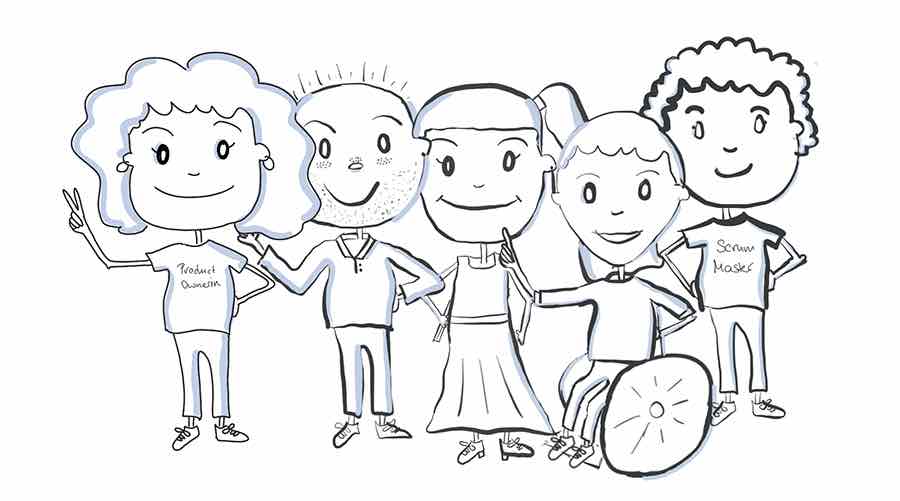
The fact that the organization ticks differently is sometimes annoying, but on the whole it's not that bad. And yes, there are also a few blunders along the way: but no matter - we're moving forward.
Change is contagious.
Karla has already made a name for herself with her experiment with Malika.
As this works so well for Karla, Malika would like her entire department to work in the same way. Malika goes to Cedric, who has often supported her with change issues, and tells him what she has seen and what her vision is for the department.
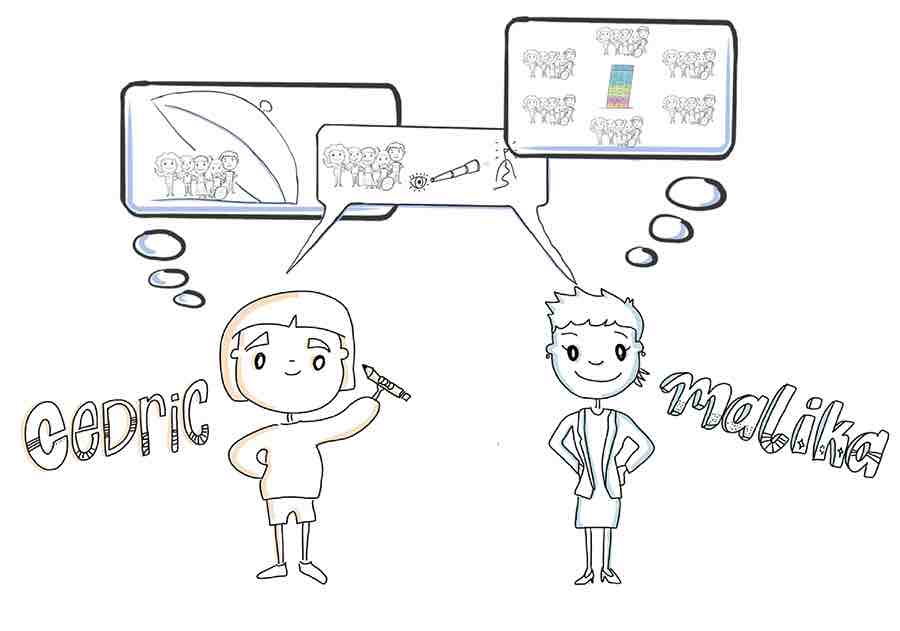
For Change Facilitators like Cedric, Innovators like Karla are a real find! A team with initial experience and drive!
Since Cedric has already had good experiences with innovators like Karla in a previous change project, he contacts Karla directly and discusses with her how she can make her experiment transparent to the largest possible group of employees. In this way, he hopes to find enthusiastic volunteers, so-called "early implementers", who are willing to gain their own experience and spread the "good news". He already knows that change cannot simply be "commanded" and that behavioral change happens through experience.
Cedric, Karla and Malika are therefore planning a small event. They make sure that employees who are interested can come, but otherwise participation is voluntary. During the event, the Scrum team, which has already experimented a lot, will have the opportunity to report on how the new way of working has helped them so far. Of course, questions can also be asked. It is important to Cedric that there is an opportunity for interested parties to get in touch. This is available directly and also afterwards from Malika and him.
Clear the stage for (failures) successes: the early implementers
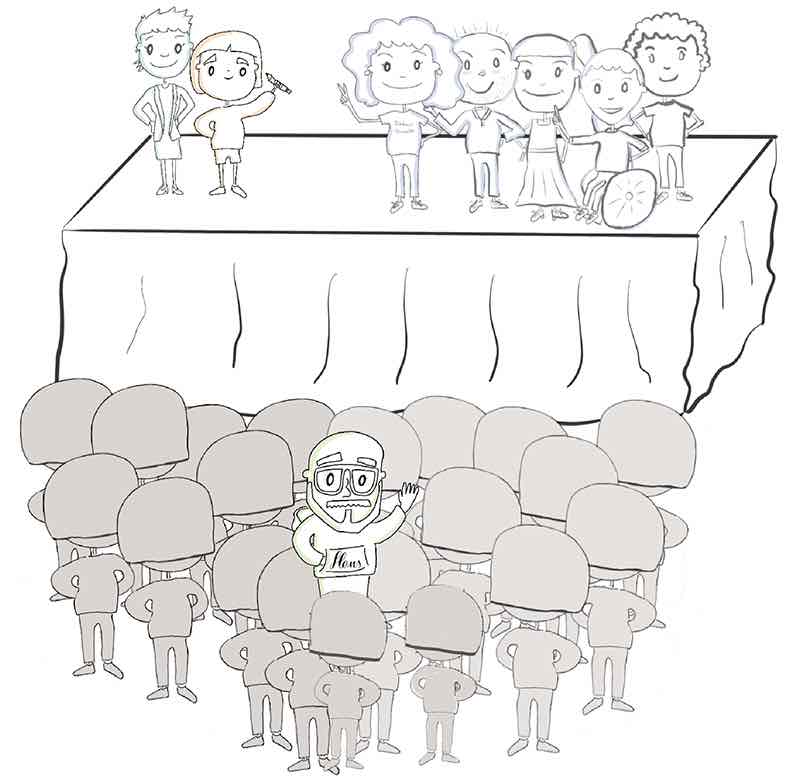
Hans takes part in this workshop and is fascinated by Karla's experiments. He thinks to himself: "Wow, a product backlog like this could really help me and my team move forward in our work" and sees Karla's initial experiences as a source of inspiration that he is happy to build on. He sometimes calls on Cedric for technical help, or when he wants to know again exactly how this works. 'Poker cards' works.
In this way, the agile culture continues to spread within the company.
Good things take time: The Early Majority
Pierre, on the other hand, is more hesitant than the previous groups. He wants to see a clear benefit and needs much more than "a successful experiment" before he will go along with the new trend. A simple, one-off event like the one sponsored by Cedric and Malika to "whet the appetite for something new" is not enough on its own. For Pierre, Cedric and Malika need to make the benefits and successes of previous experiments clearly and repeatedly visible. Pierre's need is thus typical of the gap between the early implementers and the early majority.
After observing Hans and his colleagues' experiments for a while and realizing the benefits of the new way of working, Pierre also wants to work agile. However, he is particularly keen to share experiences with Karla and other teams already working in an agile way and wants to have Cedric at his side as a coach.
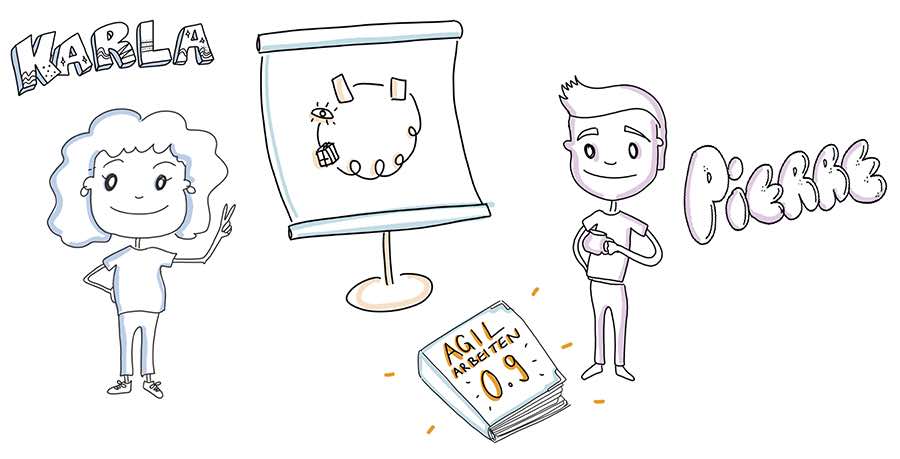
He finds the exchange with other teams and his coach so valuable that he is beginning to "Good Practices" in a small "manual". Agile working 0.9", so to speak.
Now more than ever: The late majority
Mike has been observing this 'new' agile way of working for some time. He is rather suspicious of people who stick post-its in a group first thing in the morning. He has already experienced many changes in the company: "Agile working is just the next pig to be driven through the village. And why should I even have someone in the team who only cares about the well-being of the team and doesn't lend a hand?"
Cedric is already familiar with all the sayings and knows that even if it is often difficult, the late majority is of great value to the organization. It provides stability for all the changes and wants to make sure that the new really works for everyone. They are therefore a kind of gatekeeper for change, or rather a keeper.
However, Cedric also knows that participating in the change will not happen voluntarily. That's why he gets Malika on board.
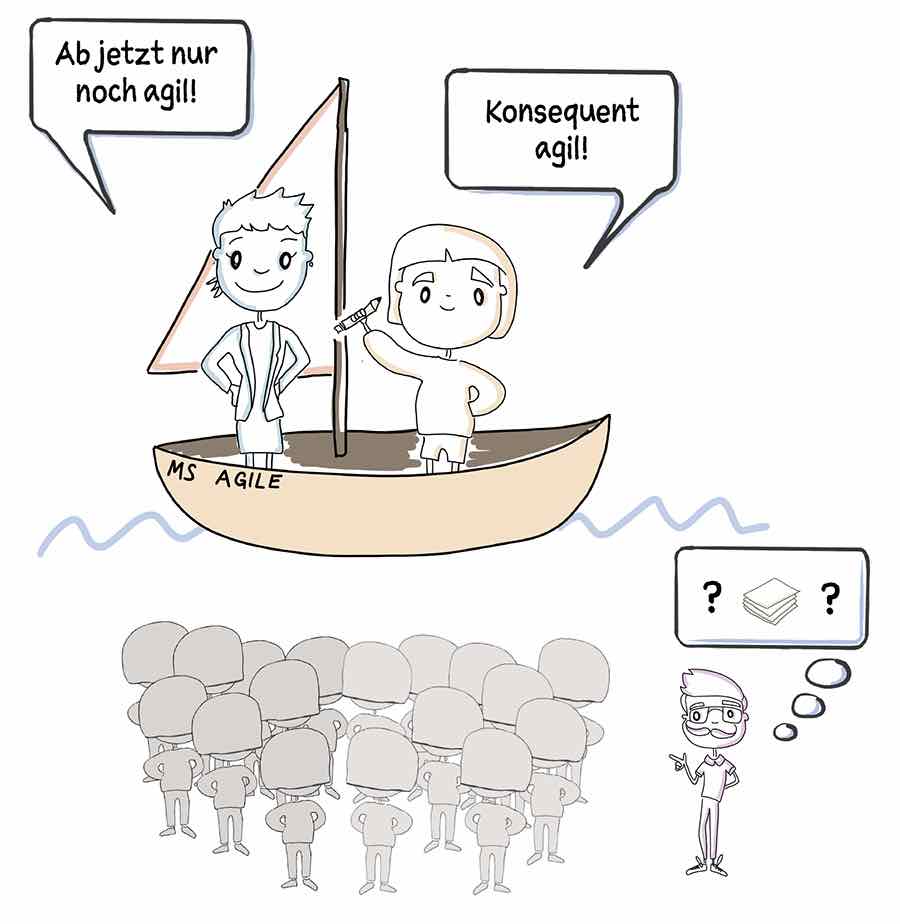
He explains to her how it is with the late majority and that she now needs to make a decision that is consistently enforced. Will the department work in an agile way from now on and nothing else is allowed or not? If Malika decides no, there is nothing more to do and everything goes back to the old way bit by bit, because the late majority is very good at preserving things. If she chooses yes, then her and Cedric's work really starts now. They will need everything they have learned so far. Malika gathers her department together and provides a platform to share previous successes and mistakes and the solutions to them. She also announces that agile working now applies to everyone and where support is available.
Together with the previous adoption groups, Cedric has developed training courses and refined the coaching, which is now benefiting Mike. There is training, he is coached and solutions are found for his special cases.
Thanks to the coaching of the late majority by Cedric and the internal agile coaches and Malika's consistency, Mike and his colleagues are now also joining the change bit by bit.
Finding individual solutions: The procrastinators
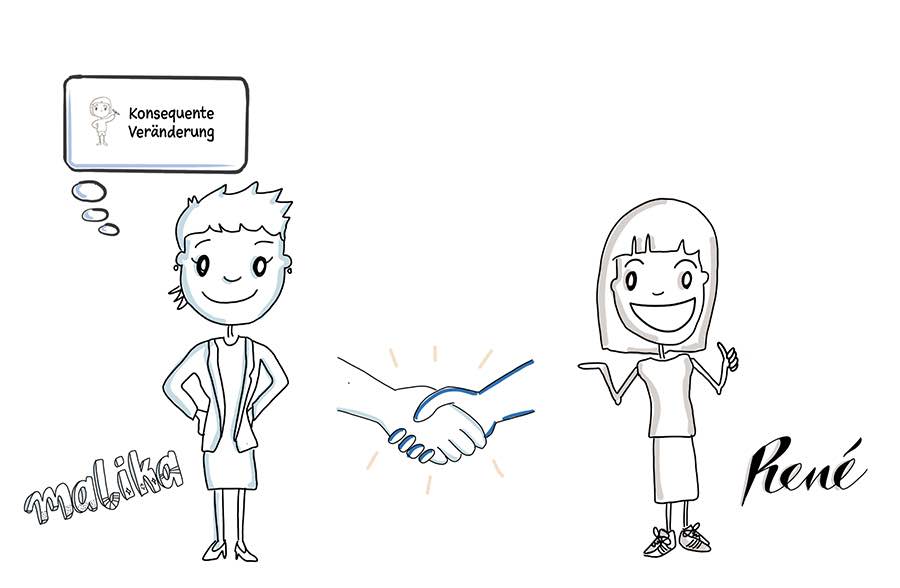
Then there's René, who has settled into the organization quite well despite her young age. She has already got to know the agile working style of the other teams and realizes that the air is slowly getting thinner for her. She feels a bit like the last Gallic village to put up resistance. She simply can't cope with this new way of working. It goes against her need for security and fixed planning. Fixed structures and clear hierarchical levels are what she values. Of course, she could somehow organize her work in an agile way, but she knows very well that this is not for her.
Malika remains true to her decision and keeps hearing Cedric's voice in her head saying that consistency in implementing agile working is crucial to the success of the change process. Nevertheless, she doesn't want to simply ignore René's concerns, because "persuading René until he gives in" is definitely not an option, as this would damage René and the department.
Together, they find out that an isolated solution in which René can continue to work without agile working methods is out of the question. In addition, the organization has just decided to implement agile working methods across Malika's department. This means that another position in the company is out of the question for René, as she will just have to look for something new in a few years' time. Malika therefore supports René in her search for an organization where René can be happy.
And now with you.
We have learned that change can be perceived in very different ways. Sometimes with open arms, sometimes with initial resistance and sometimes not at all. The adoption curve provides you with a tool to better understand and manage these complex transformation processes.
We hope this story will inspire you to make your own changes along the adoption curve.
Good luck in making history yourself.
A story by Daniel Schauperl, Jan Jung, Julia Jonas, Sinh Duc-Dao and Stephanie Lohß

Write a comment